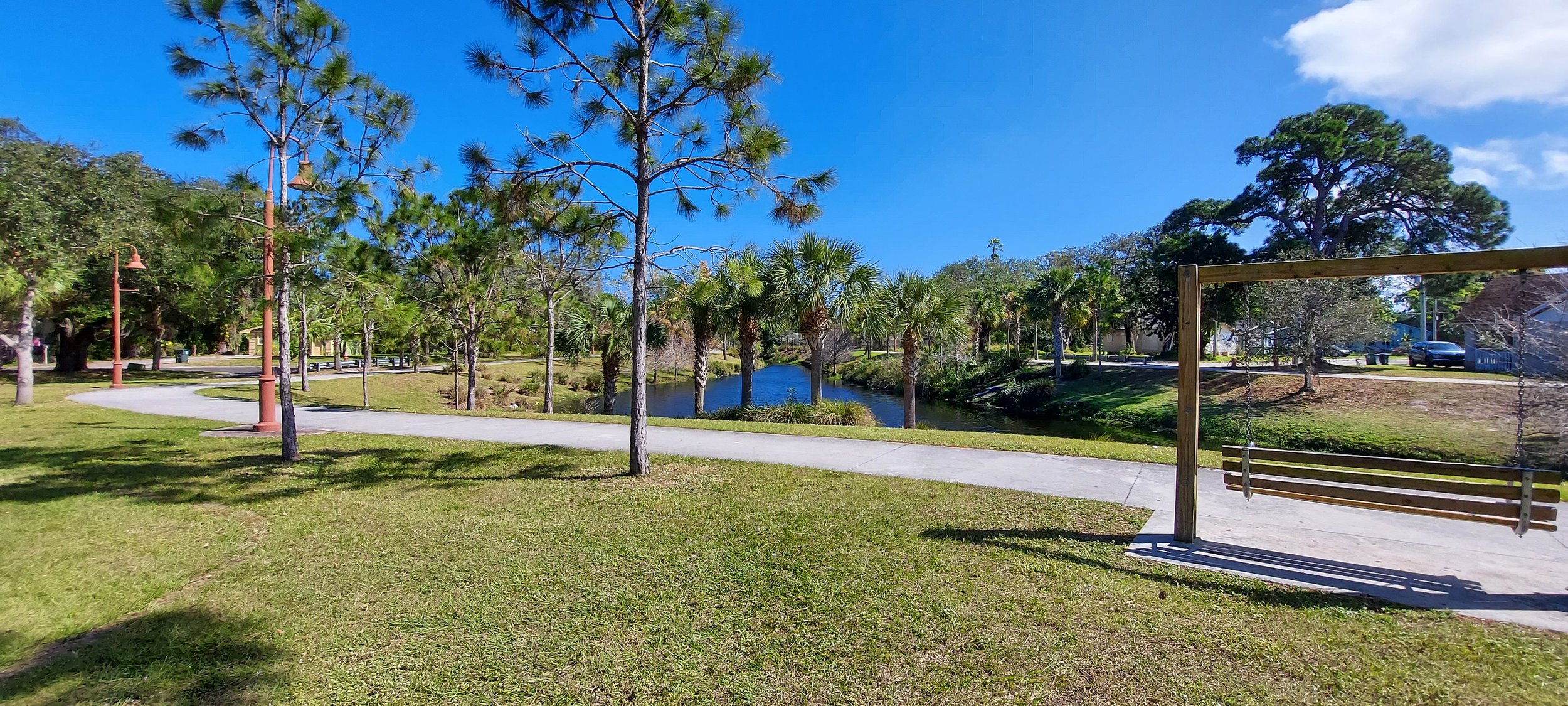
Remember
Educate
Celebrate
The Chitlin’ Circuit was the collective name given to a series of Black-owned nightclubs, dance halls, juke joints, theaters and other venues that were safe and acceptable for African American entertainers to perform in during segregation.

Louis Armstrong performs at the Manhattan Casino on 22nd Street South in St. Petersburg’s The Deuces community.
Photo courtesy by Bob Moreland/St. Petersburg Times Archives
The Ritz Theatre & Museum in Jacksonville’s LaVilla neighborhood
Photo courtesy of Ritz Theatre & Museum.
Pensacola's Belmont-Devilliers neighborhood.
Photo courtesy of Five Sisters Blues Cafe
Notable venues on the Chitlin’ Circuit were the Cotton Club and Apollo Theater in Harlem, the Royal Peacock in Atlanta, the Fox Theatre in Detroit, and the Howard Theatre in Washington, D.C.

Duke Ellington and band members playing baseball while on tour in Jacksonville’s LaVilla neighborhood in 1955
Photo courtesy of the Library of Congress.
Walter Barnes, a Chicago jazz musician and Chicago Defender columnist born in Vicksburg, Mississippi, is credited as being an early originator of the circuit.
The Chicago Defender was one of the largest African American newspapers in the country. Following the collapse of the Theatre Owners Booking Association (T.O.B.A.), a vaudeville circuit for African-American performers, Barnes successfully established a network of venues across the American South during the 1930s where it was safe, acceptable and successful for African-American entertainers to perform.
Notable venues on the Chitlin’ Circuit in Florida include the Two Spot and the Knights of Pythias in Jacksonville, the Manhattan Casino in St. Petersburg, Club Eaton in Eatonville and Baker’s Flamingo Bar & Grill in Fort Pierce.









